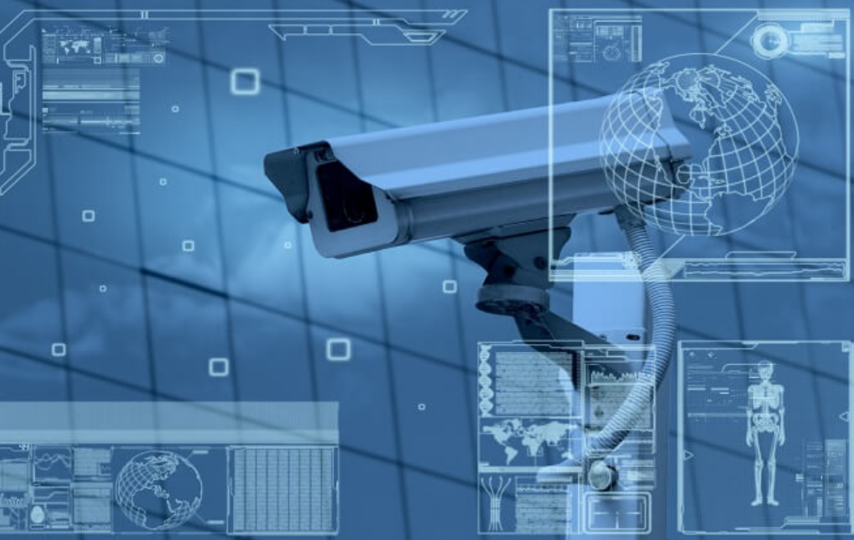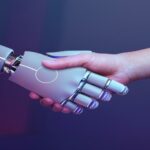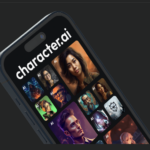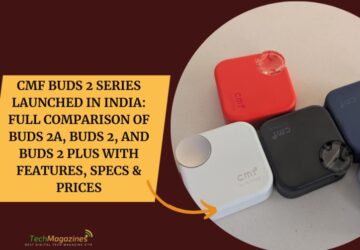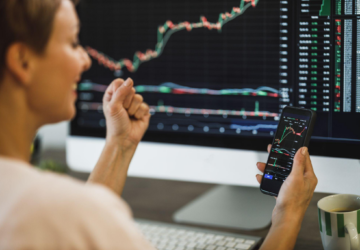AI has revolutionized video content analysis or VCA by enabling automated, accurate, and efficient extraction of meaningful information from videos. AI’s ability to perform tasks such as object detection, activity recognition, face recognition, emotion analysis brings an unprecedented level of automation and accuracy to the interpretation of video content. Given the rapid increase in video content across a range of sectors—such as security surveillance, manufacturing, retail, restaurants, and supply chains—the significance of effective video analysis is more relevant than ever before. But first we have to understand what VCA is and how it’s used in various industries.
What is Video Content Analysis(VCA)
Video content analysis or VCA or video analytics is the process of using computer vision algorithms and artificial intelligence models to automatically analyze and understand the content within video footage and extract meaningful information, patterns, and insights from video data, enabling various applications and functionalities.
VCA goes beyond manual video watching; it employs advanced technology like computer vision and machine learning to do tasks such as identifying objects, tracking motion, recognizing items and counting them, analyzing behavior, and spotting events in videos. VCA systems can detect objects, people, vehicles, track their movement, identify unusual actions, and provide real-time alerts and insights.
Advantages
- Automation: VCA automates video analysis, reducing the need for manual monitoring.
- Efficiency: It quickly processes large volumes of video data, saving time and effort.
- Accuracy: VCA uses algorithms for precise object detection and tracking.
- Real-time Alerts: It provides instant notifications for unusual or predefined events.
- Reduced Costs: It reduces the need for constant human monitoring, cutting labor costs.
- Scalability: VCA can be scaled easily to cover larger areas with multiple cameras.
Technique used
- Motion Detection: Identifying changes in the scene, commonly used in security cameras.
- Object Recognition: Identifying specific objects like vehicles, animals, or humans.
- Facial Recognition: Distinguishing or verifying individuals based on facial features.
- Pattern Detection: Recognizing particular patterns, like a vehicle’s license plate.
- Behavioral Analysis: Understanding actions or interactions, such as loitering or crowd formation, crowd rushing, vandalism etc.
Industry Application
- Security and Surveillance: For detecting unauthorized activities, intruders, fire outbreaks, vandalism and left-behind objects.
- Retail: Analyzing customer behavior, foot traffic, and shoplifting prevention are some of the use cases of VCA in retail.
- Healthcare: Monitoring patient behavior for safety or research purposes.
- Manufacturing and Supply chain: Counting and tracking product/packages, shipment On-Off Loading Monitoring and for QA/QC enforcement.
- Traffic Management: Analyzing road conditions, vehicle counts, and flow patterns.
- Sports: Player tracking, game analytics, and automated highlight detection.
- Entertainment and Media: Automated video editing, scene detection, video editing and content recommendation.
In our everyday activities, AI-based Video Analytics solutions help us in many areas. Many sectors can benefit from this technology, especially as the sophistication of VCA applications in recent years has increased. The area of video analysis makes both more reliable and less repetitive processes. It’s cost-effective for various businesses, from smart cities to hospital and airport surveillance, even for individuals monitoring retail and shopping centers. As technologies like AI continue to progress, VCA will become more ingrained in our daily lives, revolutionizing industries and redefining how we interact with video content.

